Myth Busting: CMMS Is the Silver Bullet
Technology provides us with some fantastic tools to help us work better, smarter, faster and more efficiently. BUT, it doesn’t help us think any better. We can actually get too dependent on it and our thinking is weakened. If you don’t believe that, just watch what happens when you try to buy something and the computerized cash register goes down. Can they actually take payment? And if you use cash, can the clerk make proper change without looking at the cash register to tell them how much to give you?
We have an amazing array of computerized tools to help us manage our maintenance work. Literally hundreds of different options exist. Some are complex enterprise systems integrating with all your other enterprise systems for finance, human resources, etc. Some are simple stand-alone work order systems operating in the cloud. Most of us today are used to using computers to help make our lives a little simpler. We can order taxis or Uber, pay for parking, order food and a host of goods with various apps. We can tap cards to pay fares on transit systems and they know exactly what fare to charge based on distance traveled. We can communicate easily in text, voice and even video at the push of a button. We can buy just about anything and pay for it online. It seems reasonable to expect that our maintenance management systems will make the job easier. But will they ever be as simple as those apps on your smart phone?
Each of those examples above involves a single transaction on your smart phone. Each is done on a different app, one for your coffee, one for books, one for theater tickets, one for your favorite pizza shop, etc. For each of those activities we have one or more apps. Our smart phones are crowded with single purpose apps. Maintenance work is seldom just a single transaction, but we have one app to handle it – a fairly complicated app.
Whether you call it a CMMS, EAM or something else, it a complex tool. It handles many transactions for each “job,” many jobs, many people and a range of support resources such as parts, tools, test equipment, contractor assignment, scheduling, planning, work permits, etc.
A lot of work goes into making those maintenance apps easy to use and the providers of them achieve that to a large degree. However, none of them can make their app do maintenance for you. You still need skilled technicians, tools, parts, etc. No app will define the work you must do. Getting the work done efficiently requires good processes and process discipline. Your maintenance app can automate parts of the process and help make them more efficient, but you must use it correctly. No app defines the work for you. You need preventive, predictive, detective work. You will have reactive work. How you handle it is up to you.
Today I’m hearing about “prescriptive maintenance”. I believe it is just another trendy name for something we’ve been doing for a long time – Predictive Maintenance. Essentially it entails some sort of condition monitoring with an automated notification when the condition reaches certain preset levels, that tells you what to do. That notification is a “prescription” for action. Good CMMS and EAM systems have done that for a long time! So what’s new? Isn’t that what we expected people to do when they interpret the condition monitoring results anyway? Leveraging embedded sensors (the IIoT) will arguably create a wide reach for your Predictive Maintenance program and perhaps allow for more automated triggering of action, but I struggle to deem it worthy of a whole new name when it is doing the same old thing, albeit with more sensors. Regardless, this is yet another feature that your maintenance app can help you with. When you get the prescription, you must still take the medicine.
Your maintenance app doesn’t do it all for you. It helps – like any tool. And like any tool, it must be used by skilled and knowledgeable users. It must be set up with your processes and loaded with your parts, asset hierarchy and PM program information. It’s no Silver Bullet – it’s a lot of work that, if done well, will save you some effort as you use it.
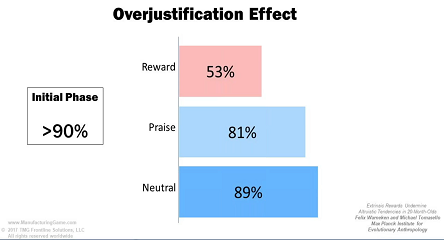
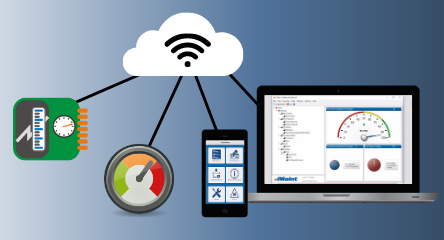
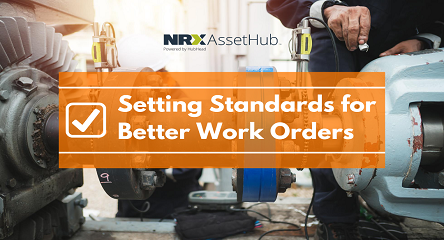
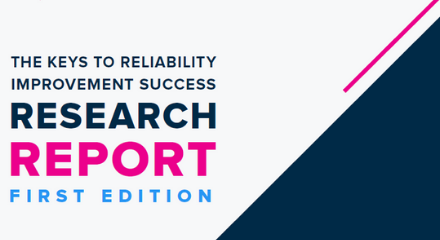
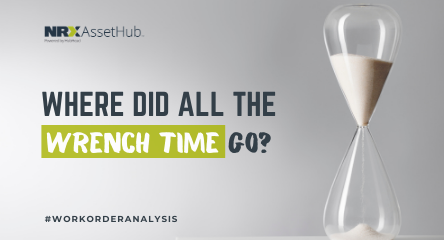
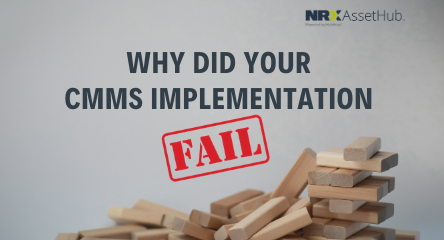
So so so true